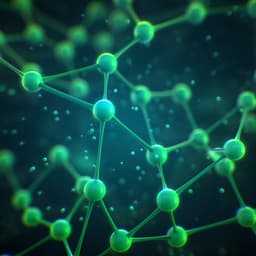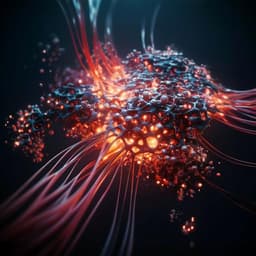
Medicine and Health
Microstructure analysis and image-based modelling of face masks for COVID-19 virus protection
W. Du, F. Lacoviello, et al.
Explore the fascinating findings of a study by Wenjia Du, Francesco Lacoviello, Tacson Fernandez, Rui Loureiro, Daniel J. L. Brett, and Paul R. Shearing that analyzes the microstructure and performance of reusable, surgical, and N95 masks using advanced imaging techniques. Discover how the N95 mask stands out with its unmatched droplet filtration capabilities, and learn about proposed enhancements to its efficacy and breathability.
~3 min • Beginner • English
Related Publications
Explore these studies to deepen your understanding of the subject.







